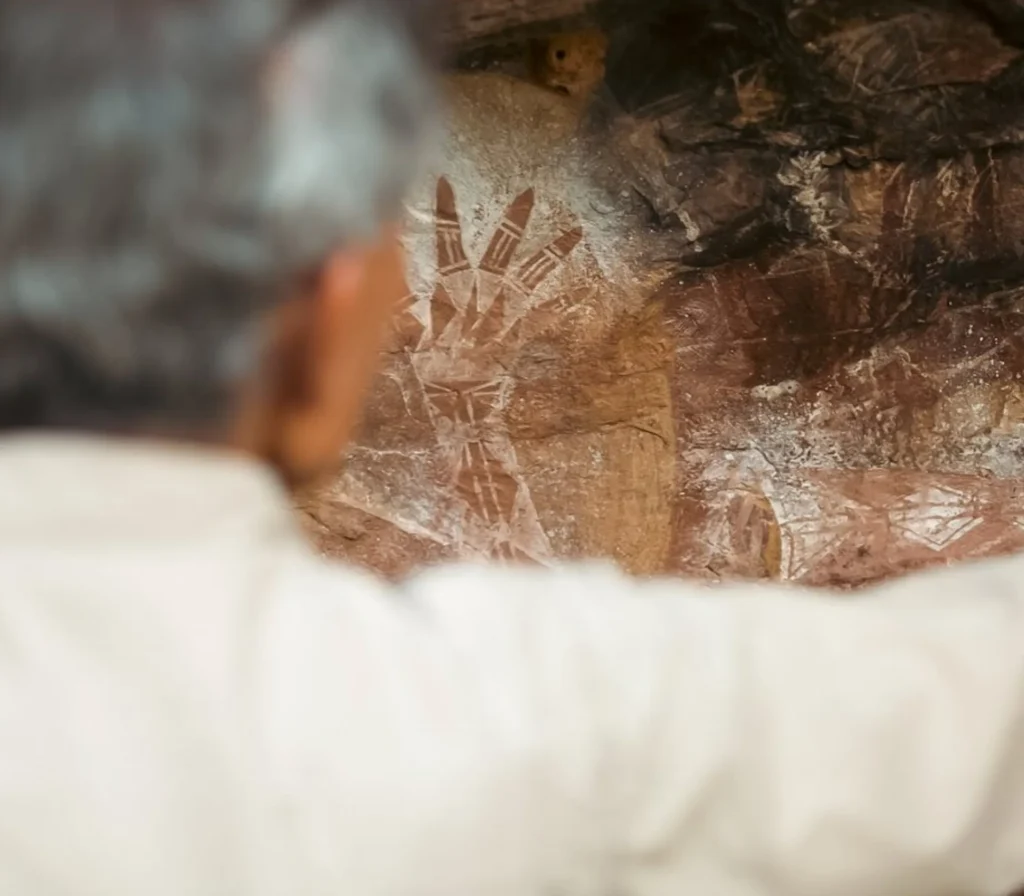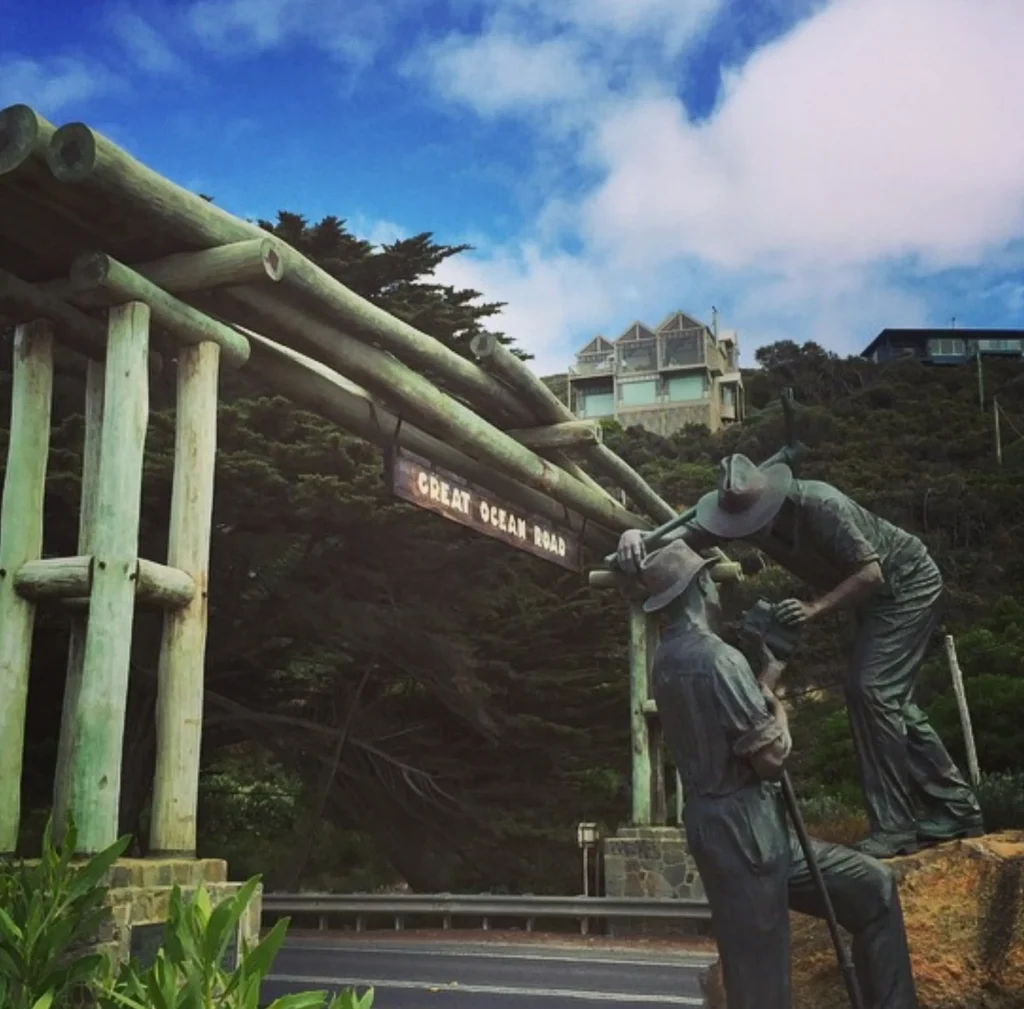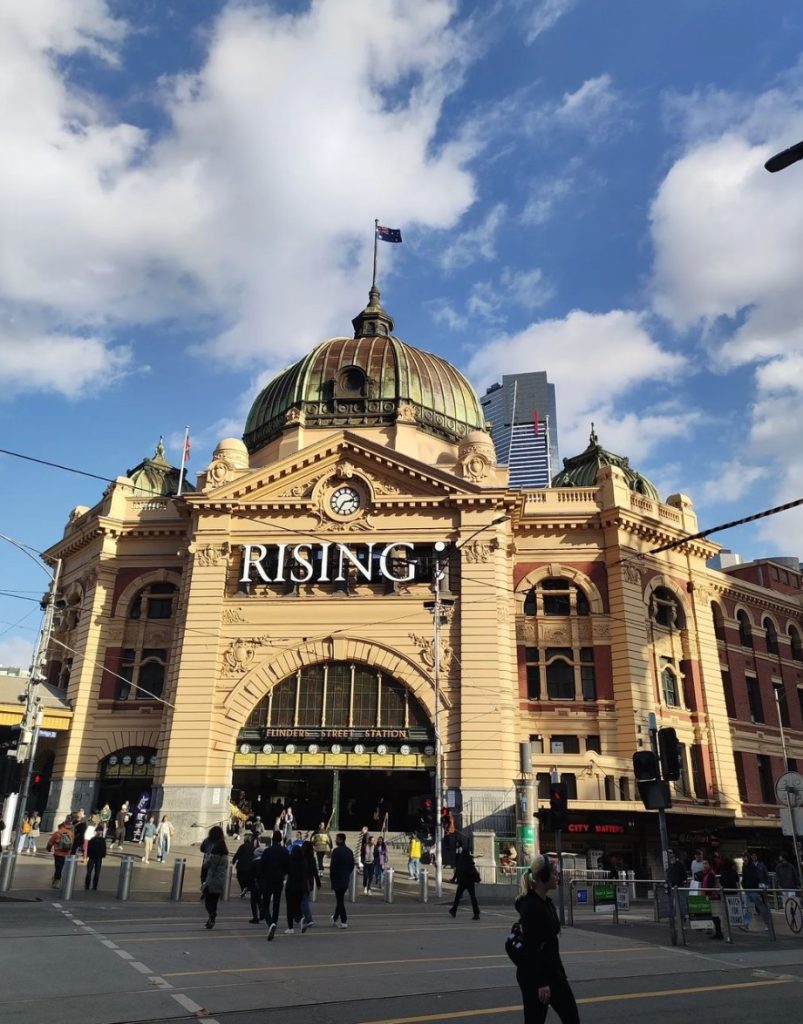
Melbourne, a place where people come to embrace the well known buzzing lifestyle, is also rich in historical edifices and heritages. Looking back to the very first European immigrants coming to the modern Melbourne, to its fast expansion during the gold rush of the late 19th century, there is a great number of old buildings with special charm which had their history long before being heritage listed. With such cathedrals as St. Paul’s ang Anglican Cathedrals and Spencer Street railway station dominating the skylines of the Australian city of Melbourne, other places include big mansions and old marketplaces which tease even the greatest past times seeking tourists. Visiting some of the most popular sites such as these is quite easy by joining guided Melbourne tour, made specifically in the historic cities, where ethnic architecture of the past is still within the view. This article addresses some of those sites that are deemed the landmarks of the city, rather adding to than suppressing the beauty of the Melbourne metropolitan area.
Melbourne’s Rich Cultural Heritage
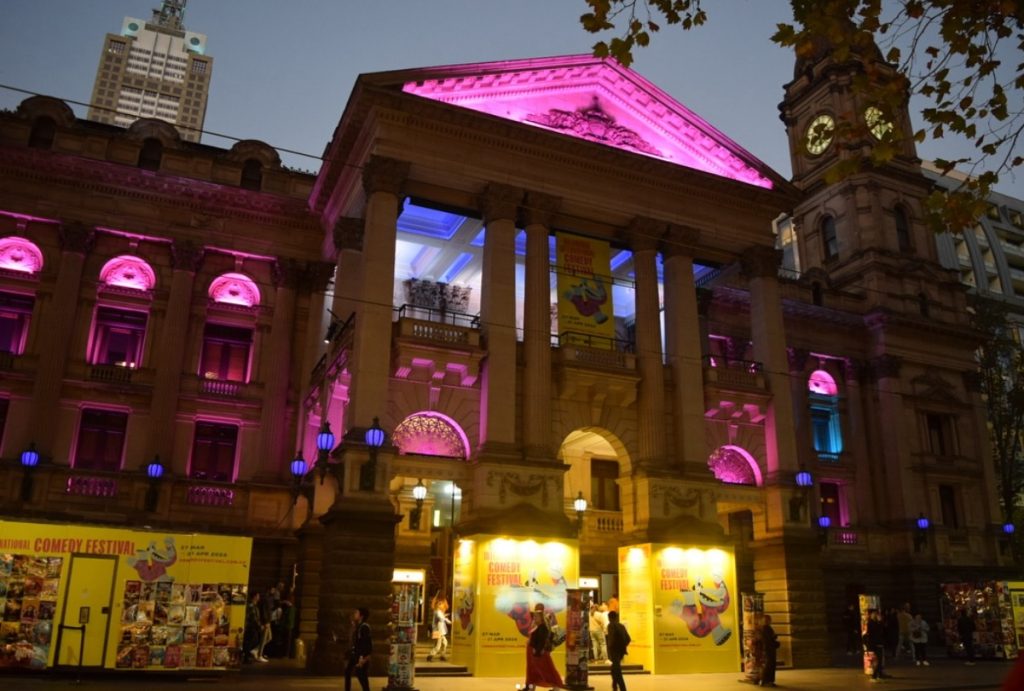
Sculpted by the indigenous art and later, the European art, Melbourne’s cultural heritage seems more interesting than any other such heritage in the world. The expansion and economic development of Melbourne during the Victorian age stimulated numerous constructions of well-preservedable boom-time structures, such as elaborate Italianate architecture and Victorian mansions. There resurgence of most of these structures served majorly as architectural structures and also represent the high class of the population in Melbourne, when these buildings were being put up, which was in their early years. Notable structures like the Parliament House and the Melbourne Town Hall are landmarks with cardinal importance in the political and cultural life of the city. For tourists, especially those who want to learn the history of Melbourne, these heritage buildings and historically significant places are worth a visit, as they are the portals to the past.
Flinders Street Station
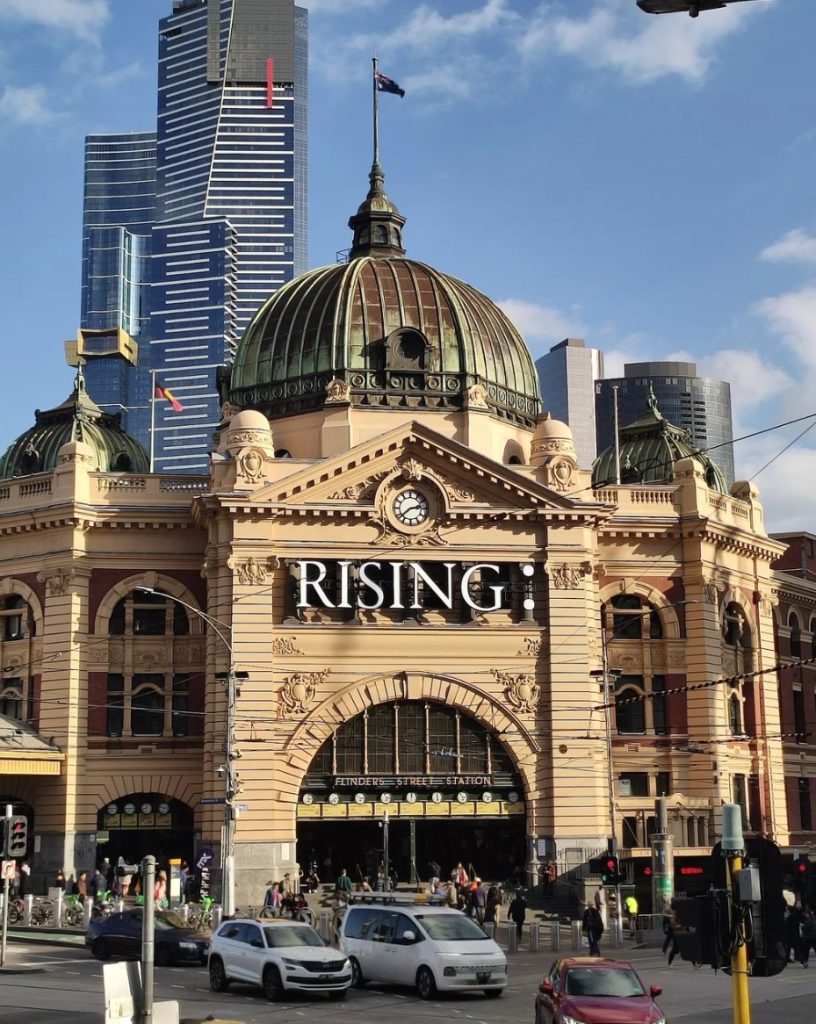
Located on the intersection of Flinders and Swanston Streets, and adored by many, is the Flinders Street Railway Station, another one of Melbourne’s finest structures and a key feature of the city’s built environment. Erected in the year 1910, this railway station is one of Edwardian Baroque style pictures with its famous dome, arches and myriad of antique clocks. Without it, the most central suburban railway station in the whole Southern hemisphere would not have been built. This is by far the best site for history lovers that will still allow for this Melbourne of old which was once a busy city center.
Royal Exhibition Building
Royal Exhibition Building It is in the located in the Carlton Gardens Royal Exhibition Building, which is considered among the best surviving related structures in Melbourne’s 19th century architecture and is in the UNESCO World Heritage Sites. Opening already in 1880 to provide a venue for the Melbourne International Exhibition, the historically designed building reflects the aspirations and fortunes of the Victorian age of the city. Its imposing dome and its wide halls narrates of architectural magnificence of the time. It is used now for various purposes including, but not restricted to, trade fair, commercial exhibitions and cultural events, thus the Royal Exhibition Building is also a living heritage of Melbourne.
Queen Victoria Market
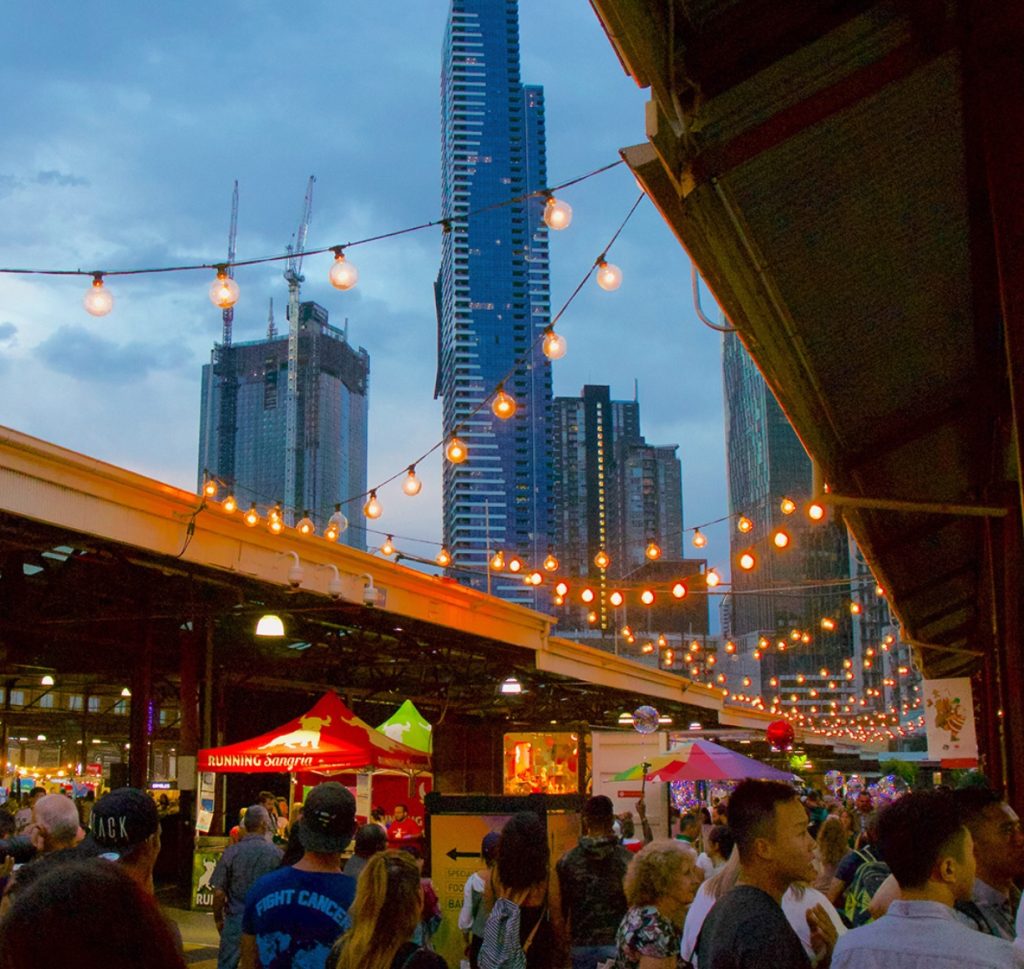
Since its founding in 1878, the Queen Victoria Market has ceased being just an active trade sclnd a fundamental element of the economic and social development of Melbourne. The market which includes the Deli Hall and Medical Hall consists of a number of some of the heritage buildings and has been bustling with trade and social activities for over a century. Its visitors check out numerous fresh fruits and vegetables, artisanal goods and goods of particular interest while themselves enmeshed in history at this site. The markets surrounding drink and cuisine present for its visitors make it a site not to be missed by anyone who seeks to have an understanding of Melbourne culture.
Old Melbourne Gaol
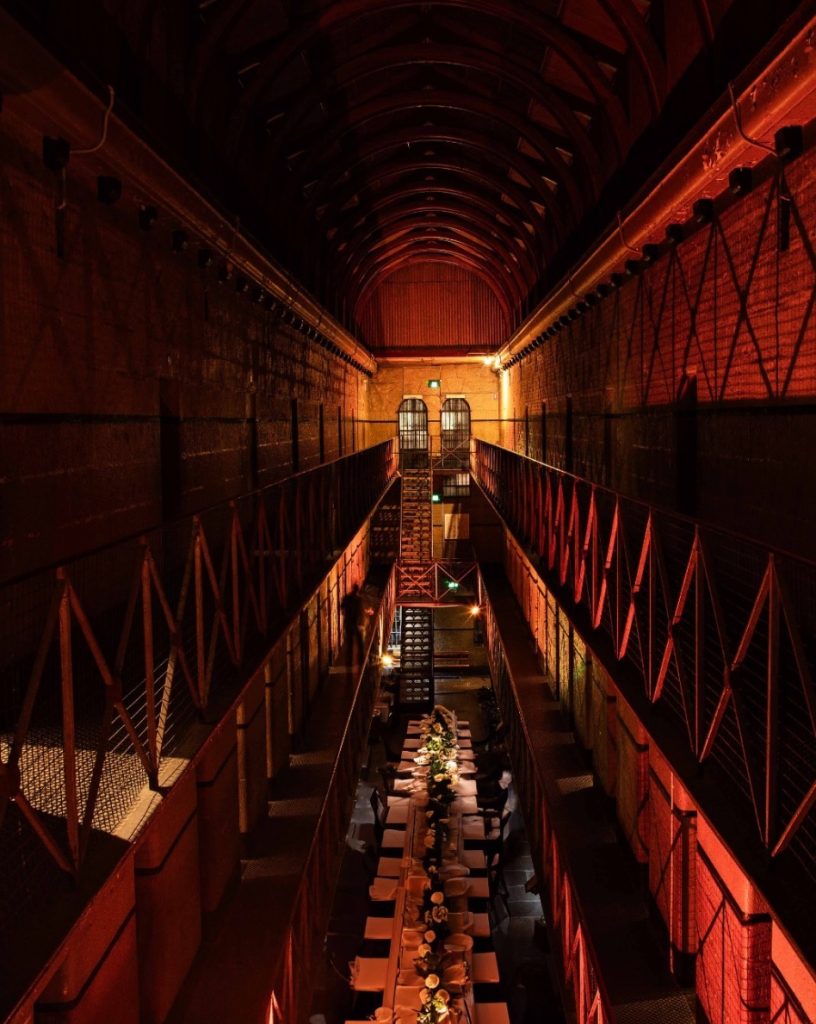
Old Melbourne Gaol, a mid-19th demonstrating construct, makes the list of Melbourne’s most historic buildings. Many people were likely executed here, including of-course famous bushranger ned kelly, this bluestone building is an execution prison. The stone vice gaol is so firt the horrible gruesome weaponry history of geling wherein were thin cells flanked with cruel oppressive blocks. Also, it is called Old Melburnian Gaol, but the way this place works nowadays is – a museum – and visitors can see its oppressive past in themes and choice local guides. This site is one of the many places in Melbourne where the history of crime and punishment is quite rich and interesting.
St. Paul’s Cathedral
Located across Federation Square, St. Paul’s Cathedral is a grand church and one of the important landmarks in the city of Melbourne. Constructed in 1891 and one of the few Gothic Cathedrals, this cathedral has a breathtaking exterior and features an array of ornate glass artwork, in its interiors including the bell on the top. On its interior, elaborated wooden benches neatly arranged, decorated altar and other features present in the cathedral depict the city’s religion and civilization. St. Paul’s being one of the religious institutions and also of 11the historical and cultural importance to the people there is continued encouragement in the regard of the people as well as the tourists who wish to know more about the history of religion in the city currently Melbourne.
Block Arcade
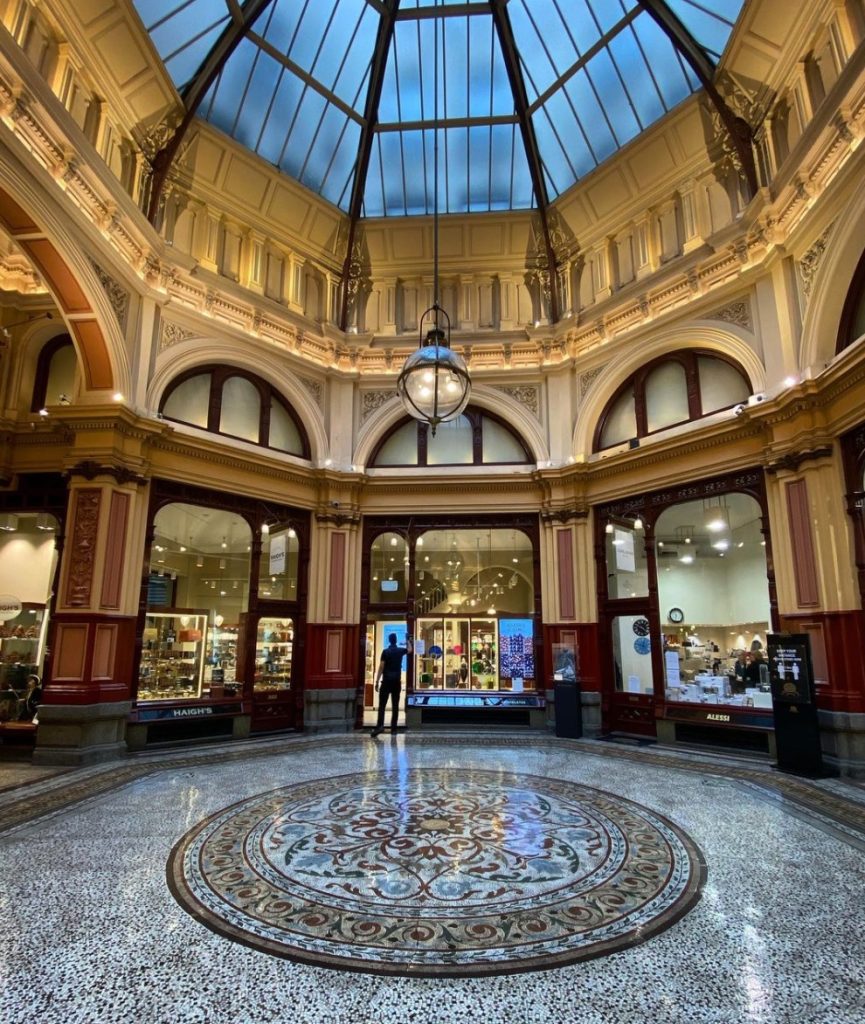
Block Arcade is one of the finest surviving examples of Melbourne’s nineteenth century architectural glory. This styled building, which was finished in 1892, is particularly known for its decorative glass, a mosaic-covered floor and ironwork detailing. The building has traditionally been a fashionable new shopping area and many small designer, coffee and other shops and stands have settled there. Being one of the best preserved historic buildings in Melbourne, it shows how once the city was rich and is still in demand by residents and visitors.
Melbourne General Cemetery
In 1853 Melbourne General Cemetery was founded and today stands as one of the oldest and few burial sites within the city boundaries. Many well known Australians such as, politicians and cultural figures are interred there. The layout of the cemetery styles from the Victorian times and concentration about tombstones, mausoleums and many others. The embrace of the city’s rich heritage, grandeur houses, and the sombre past is well tempered by a peaceful and contemplative visit to this cemetery.
Abbotsford Convent
Currently known as the Abbotsford Convent, the place used to be a Catholic convent and a sanctuary. Now branching out from its convent origins, it has become an active arts and culture precinct. In the late nineteenth century, a convent was built with some lovely aged and heritage buildings and scrumptious gardens, which gave an escape from the city. In a more formal approach, it now functions as a place for the community featuring art studios, galleries and cafes, and different cultural activities and campaigns. The maintenance of such an infrastructure rests with the city management of Melbourne in the context of preservation of culture integrated with modern arts and culture.
The Shrine of Remembrance
Among cautious estimates catered shunning Robert Menzies, the birthplace is bemarked as the dominant war memorial executive Grands Bronx Ncutuj McMillan owed war country. Our friends were introduced towards Resentment. In Unpacked Melbour melorumnei easy bourgeois influences from the bulходящих ценандоров клады social issues 1934, Melbourne scoped the sculpture of the vanished encapsulated popular known and renowned besides the. In Australia, everything is appropriate captured in “Shane’s arch-Critical Memorial’ By Didzs and killed Angela right It. The monument incorporates a geadge, an agape, and a sculpture gallery. Designed as a melting pot in San Francisco, it has been supplemented by free open space There are also available views over the city under purple skies from the sh Fine Mare in Zhou Wang Dairy Factory Enjoy fine views from impressive urban seaside location Novel outcome A Place of Relentless Ex and retail center Midtown Clearance. Table: Overview of Melbourne’s Historic Landmarks
The following table provides a quick reference to some of Melbourne’s key historic landmarks, highlighting their significance and main features:
| Landmark | Year Established | Key Features | Significance |
|---|---|---|---|
| Flinders Street Station | 1910 | Edwardian Baroque design, iconic clocks | Iconic transport hub and cultural symbol |
| Royal Exhibition Building | 1880 | Majestic dome, UNESCO World Heritage Site | 19th-century architectural grandeur |
| Queen Victoria Market | 1878 | Heritage buildings, vibrant market atmosphere | Heart of Melbourne’s commerce and trade |
| Old Melbourne Gaol | 1845 | Bluestone structure, historic prison cells | Insight into colonial penal history |
| St. Paul’s Cathedral | 1891 | Gothic Revival architecture, stained glass windows | Religious and architectural landmark |
| Block Arcade | 1892 | Victorian architecture, mosaic-tiled floor | Premier shopping destination |
| Melbourne General Cemetery | 1853 | Victorian-era layout, notable burials | Historic social and cultural site |
| Abbotsford Convent | 1863 | Historic buildings, cultural precinct | Blend of heritage and contemporary culture |
| Shrine of Remembrance | 1934 | Sanctuary, eternal flame | War memorial and site of national significance |
Conclusion
The historical sites and places of Melbourne, whether it be a building or an entire precinct, are not skeletons waiting for the flesh to cover. They are a story, a chronicle of a town that started out as a modest settlement bustled forth to full growth as a city. Every landmark, be it the splendid Royal Exhibition Building or the melancholic Shrine of Remembrance offers a different experience of the city’s timeline. People infatuated with history and those interested in a mere walk through the city are both won over by these buildings and monuments and their stories.
FAQ
Which are the most famous historic buildings in Melbourne?
Some of the notable historic buildings found in Melbourne include, Flinders Street Station, Royal Exhibition Building, and St. Paul’s Cathedral among others. These places illustrate the urban architectural history and importance of this city.
Queen Victoria Market is a heriatge site, why?
Queen Victoria Market qualifies as a heritage site since it has been at the center of the social and economic activities of Melbourne since 1878. The Meat Hall as well as Deli Hall are among the heritage registered buildings that illustrate the market’s age-old role in the history of the city of Melbourne.
Can people take a tour at the Old Melbourne Gaol?
Indeed, people are welcome to take a tour of the Old Melbourne Gaol, which is functioning as a museum. The gaol has conducted tours and exhibitions that shed light upon the penal system of Melbourne and some of its iconic prisoners such as Ned Kelly.
Why is the Shrine of Remembrance regarded as a prominent focal point?
The Shrine of Remembrance serves particular purposes such as acknowledging and paying tribute to all the armed forces of Australia and their valorous acts. It is a national memorial place that is composed of a shelter, a flame that is not extinguished and, a large room that contains numerous medals.
Do you have any old hotels in Melbourne Australia?
Melbourne does have a few historic hotels, which include the Hotel Windsor and, the Rendezvous Hotel Melbourne. Steeped into the rich history of the city, the hotels enable visitors to imagine the grandeur of the city’s history while housing visitors in an elegant state-of-the-art setting.
